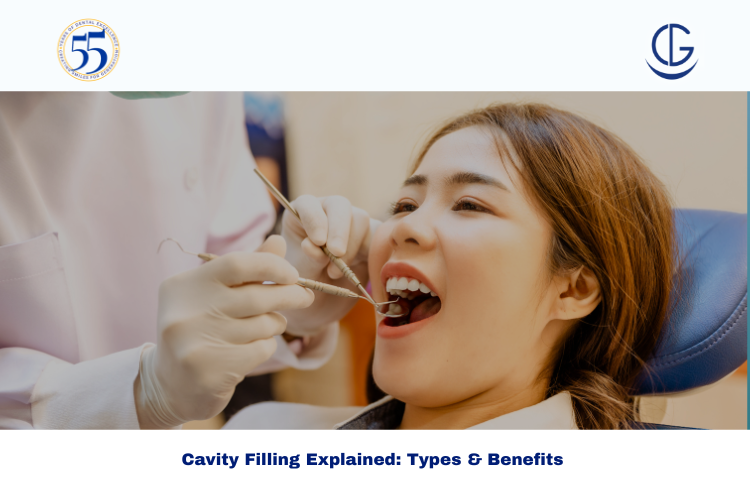Schedule Appointment




Cavity filling is one of the most common dental procedures performed worldwide, yet many people don’t fully understand what it involves or why it’s so important. A cavity forms when tooth decay eats away at the enamel, leaving small holes or damaged areas. If untreated, these cavities can worsen, leading to pain, infection, and even tooth loss. That’s where cavity filling comes in—it restores the damaged tooth, prevents further decay, and protects your overall oral health.
At Dr Gowds Dental Hospital in Hyderabad, we see countless patients who delay treatment until the pain becomes unbearable. Early detection and timely cavity filling can save you from bigger, more expensive dental problems later.
A cavity filling is a restorative dental procedure where a dentist removes decayed portions of a tooth and fills the area with special dental materials. These materials restore the tooth’s strength, shape, and function while stopping decay from spreading further.
There are several types of filling materials used, including:
Delaying a cavity filling can cause serious oral health issues. Here’s why it matters:
Many people feel anxious about visiting the dentist for a cavity filling, but the process is straightforward and usually pain-free thanks to modern techniques. Here’s what typically happens:
The lifespan of a filling depends on the type of material and your oral hygiene habits. On average:
Regular dental check-ups can help monitor the condition of your fillings and replace them when necessary.
Not sure if you have a cavity? Watch out for these common symptoms:
If you experience any of these, schedule an appointment with your dentist immediately.
Prevention is always better than cure. Here are some practical tips:
Cavity filling is not just about fixing a tooth—it’s about preserving your smile, protecting your oral health, and preventing bigger dental problems. If you notice signs of cavities, don’t delay treatment. Early action can save you from pain, infection, and costly procedures later.
For expert care and advanced treatment, Dr Gowds Dental Hospital Hyderabad is here to help. Protect your teeth today for a healthier tomorrow.
Cavity filling is generally painless because dentists use local anesthesia to numb the area. You may feel mild sensitivity afterward, but it usually goes away within a few days.
Most cavity fillings take about 20–60 minutes, depending on the size and location of the cavity.
Yes, fillings can loosen or fall out due to wear and tear, biting on hard foods, or poor oral hygiene. Regular dental check-ups can prevent this.
The cost varies depending on the type of filling material used and the severity of the cavity. At Dr Gowds Dental Hospital Hyderabad, we provide affordable options without compromising on quality.
If you receive a composite filling, you can usually eat right away. For silver amalgam fillings, dentists often recommend waiting at least 24 hours for the material to set fully.